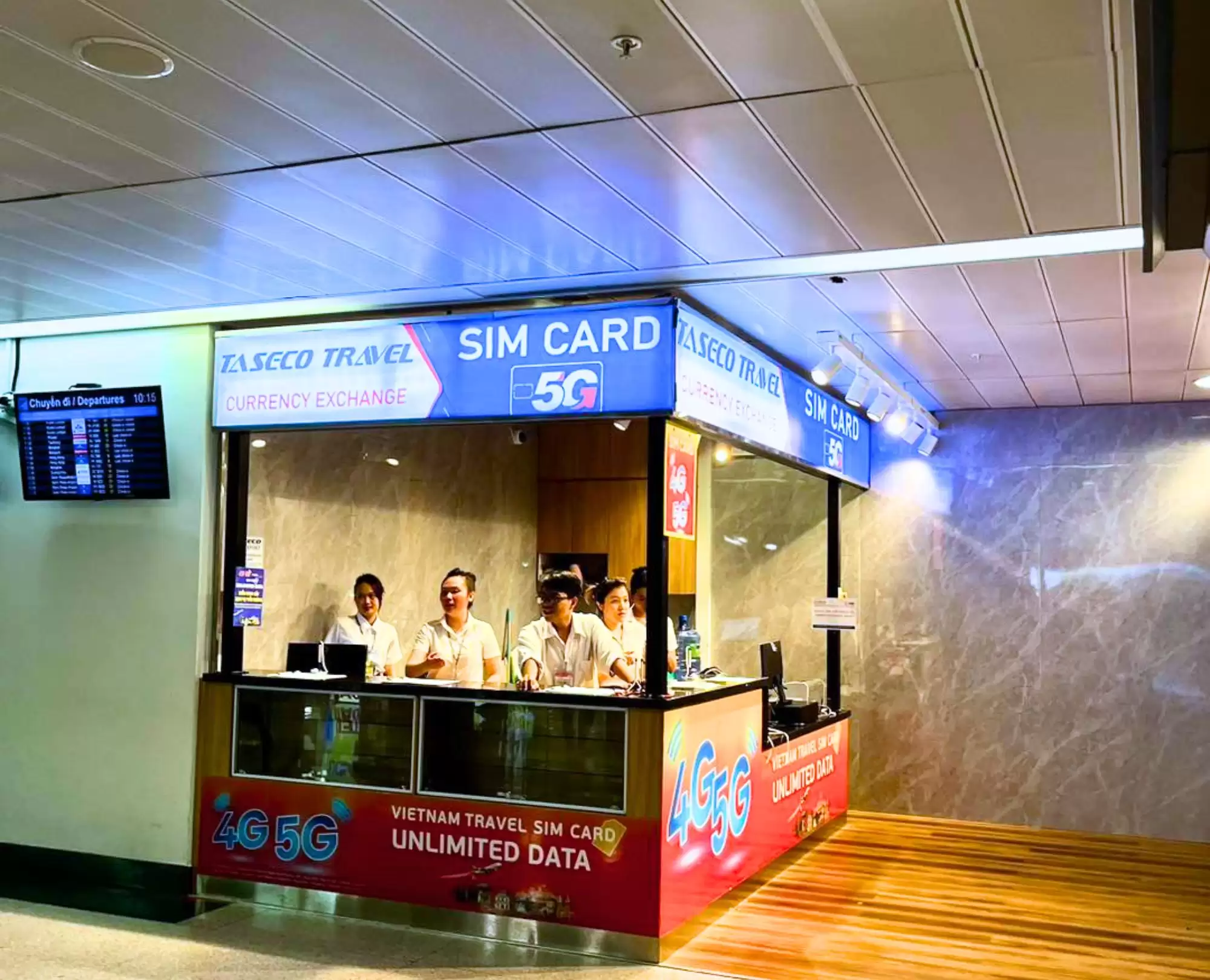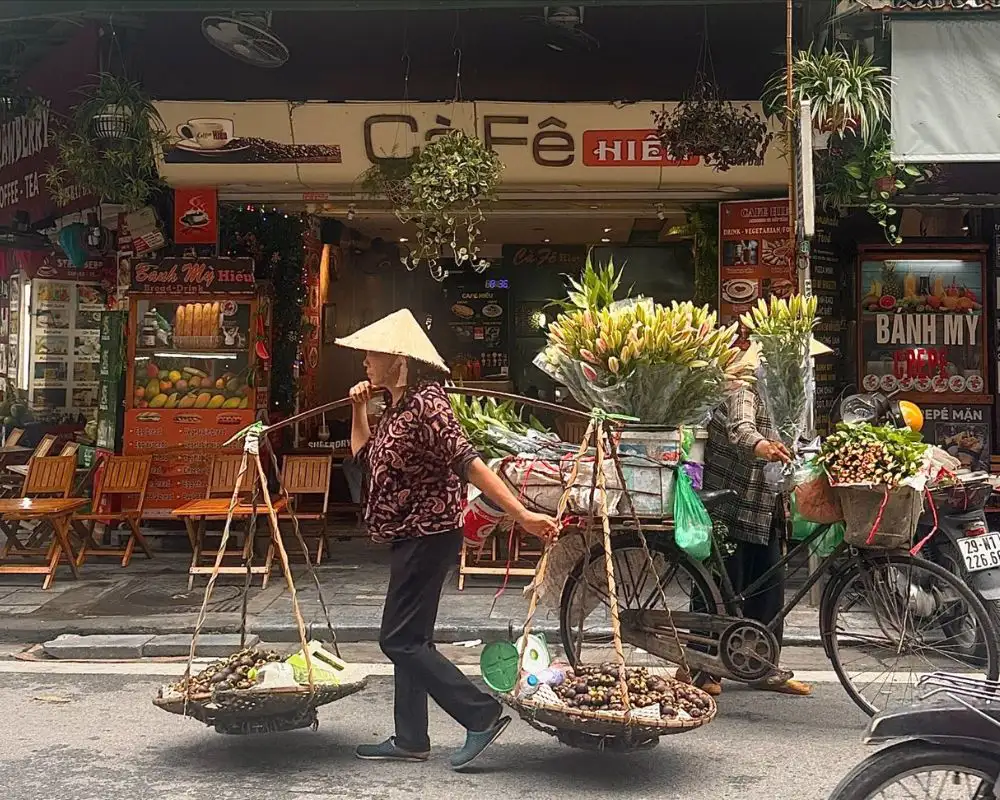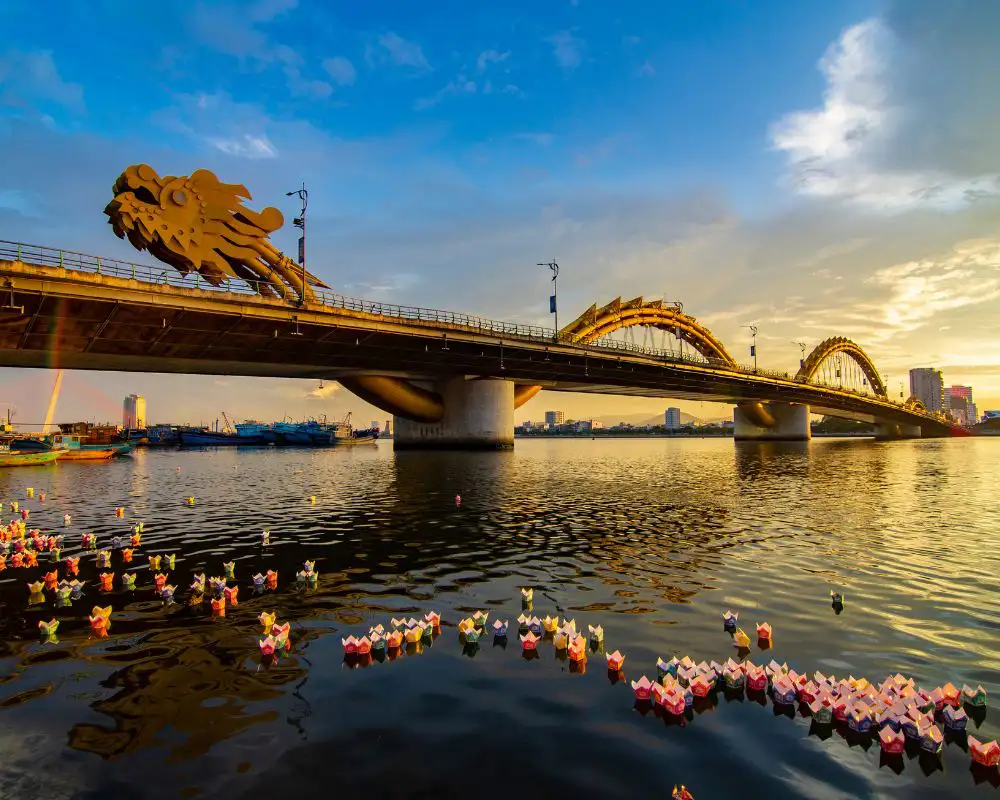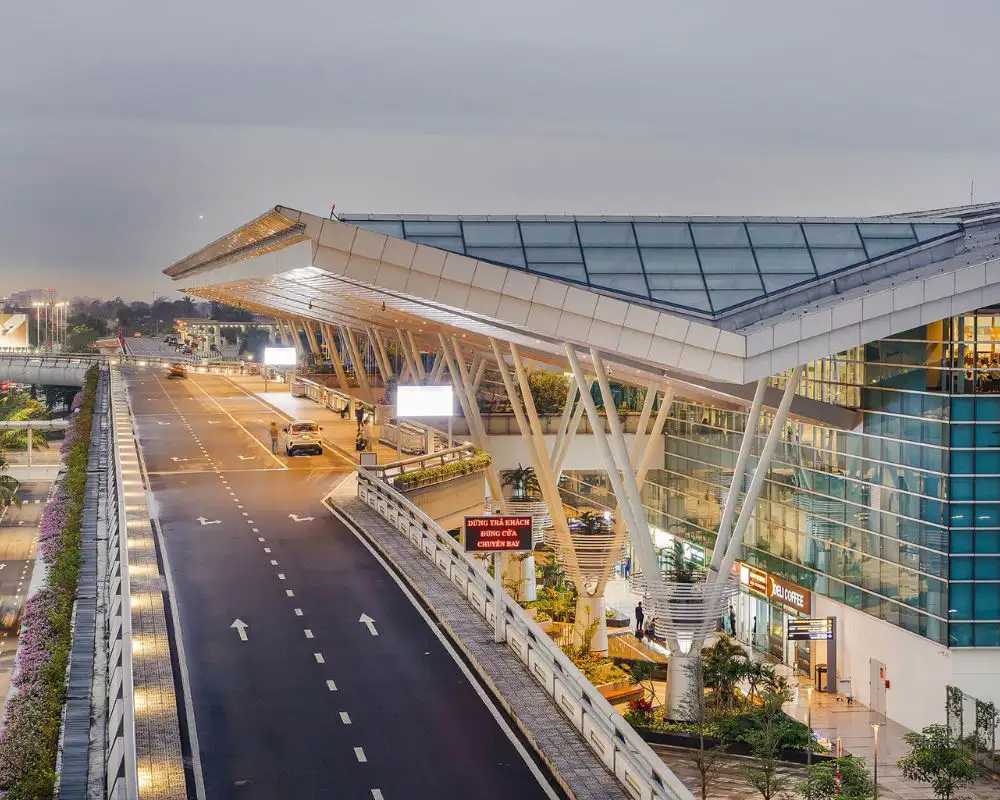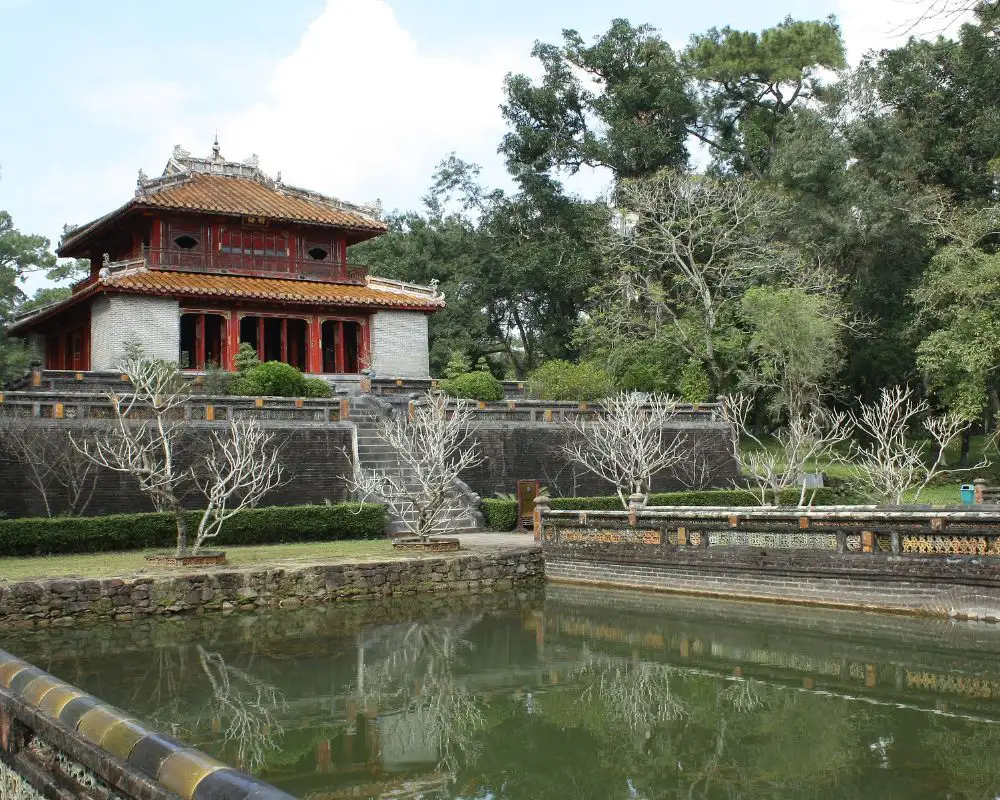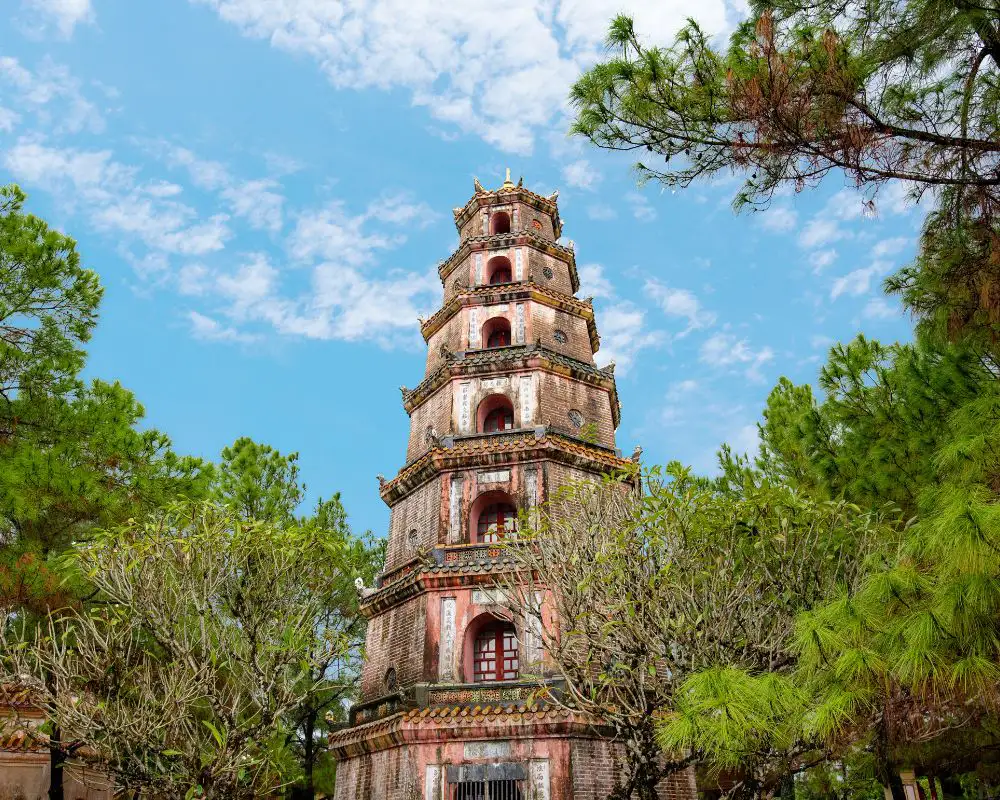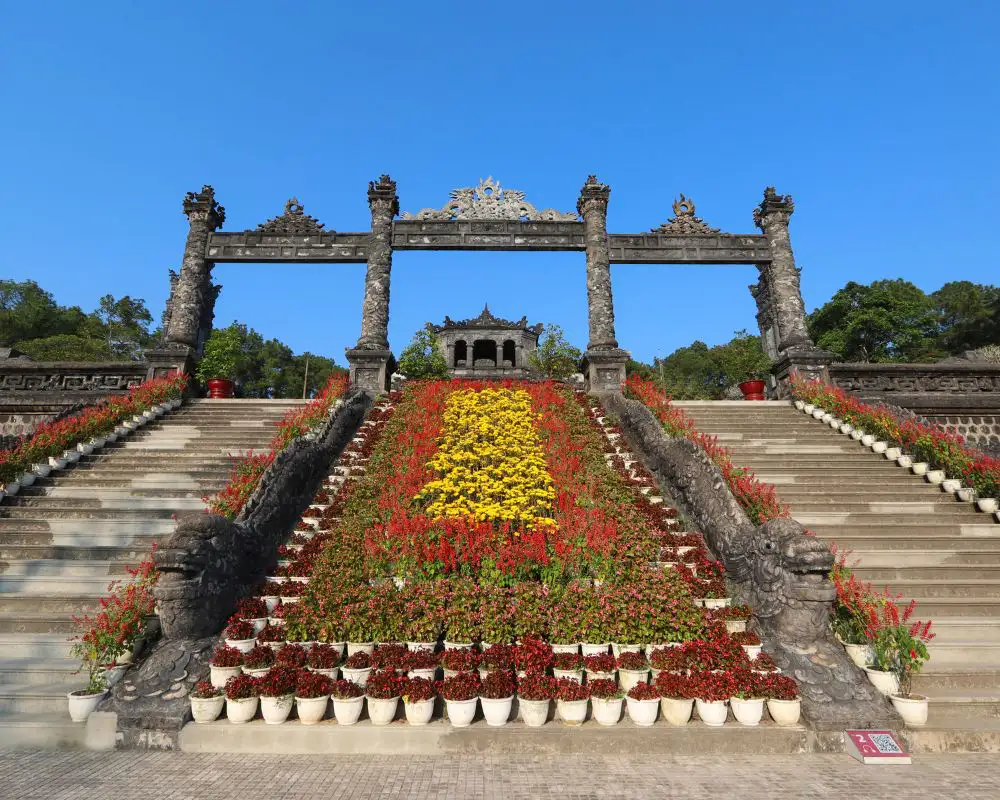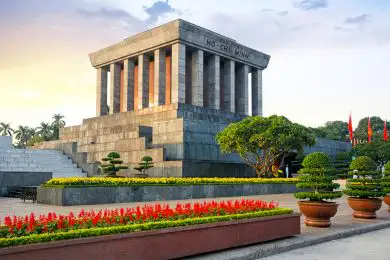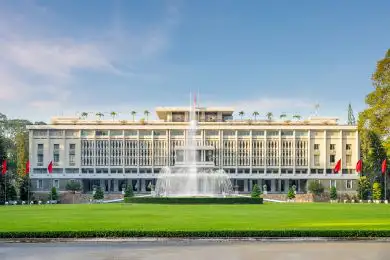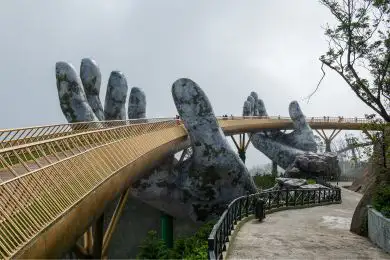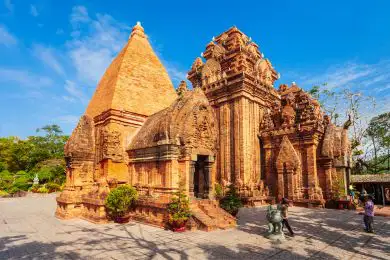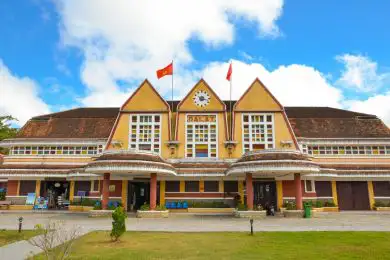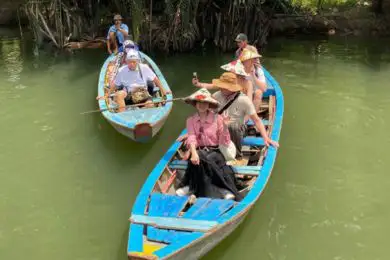The Vietnamese Demilitarised Zone (DMZ) is not just a geographical boundary; it’s a poignant symbol of the Vietnam War’s historical and cultural legacy. Stretching along the 17th parallel, this narrow strip of land once divided North and South Vietnam, witnessing some of the war’s most intense conflicts.
Today, the Vietnamese Demilitarised Zone offers visitors a unique glimpse into Vietnam’s turbulent past through its preserved battle sites, tunnels, and memorials. Exploring the DMZ is a journey through history, providing insights into the resilience and determination of the Vietnamese people. Whether you’re a history buff or a curious traveler, the DMZ’s stories and landmarks make it a must-visit destination.
Introduction to the Vietnamese DMZ
The Vietnamese Demilitarised Zone (DMZ) was a region that played a crucial role in the Vietnam War. Established in 1954 following the Geneva Accords, the Vietnamese Demilitarised Zone was intended to serve as a buffer zone between North and South Vietnam. It stretched approximately 5 kilometers on either side of the Ben Hai River, running from the Laos border to the South China Sea.
The Vietnamese Demilitarised Zone was not only a physical barrier but also a symbol of the ideological divide between the communist North and the anti-communist South. This article delves into the Vietnamese DMZ’s history, significance, and lasting impact.
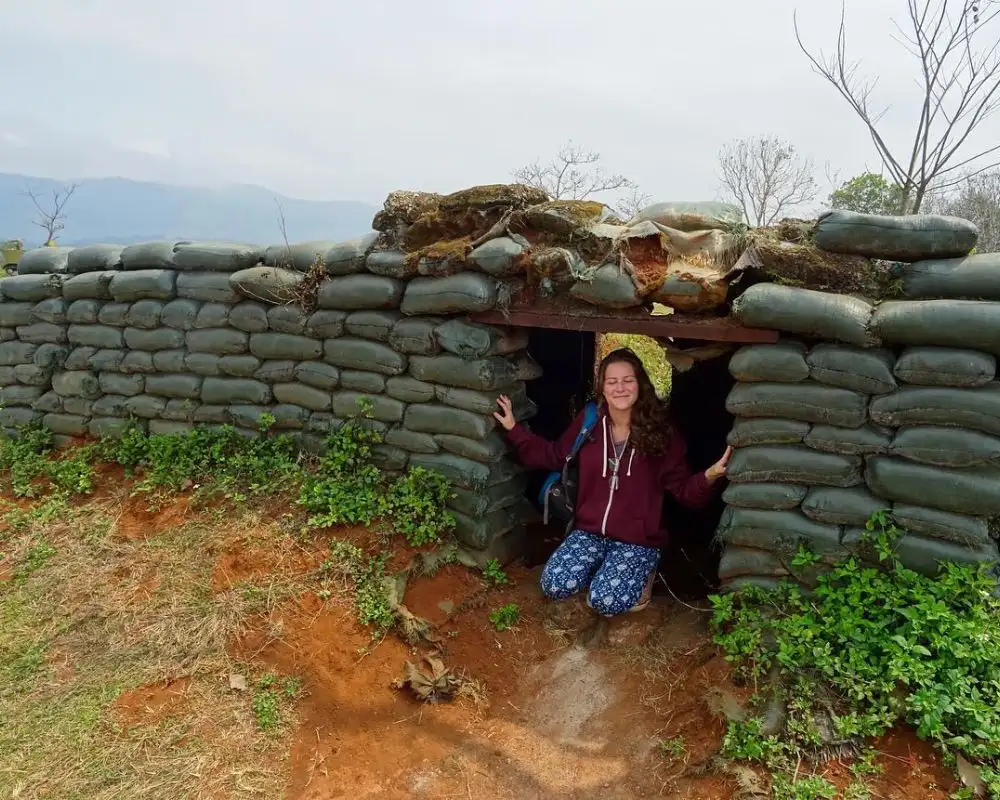
History of the Vietnamese DMZ
The roots of the Vietnamese DMZ lie in the turbulent post-World War II period. After the defeat of Japan, Vietnam was poised for independence from French colonial rule. However, ideological divisions quickly emerged, leading to the first Indochina War. The Geneva Accords of 1954 sought to end this conflict by temporarily dividing Vietnam at the 17th parallel, with the DMZ serving as a neutral territory.
During the Vietnam War, the Vietnamese Demilitarised Zone became a hotspot for military engagements. Notable events include the Battle of Khe Sanh and Operation Rolling Thunder, which saw intense bombing campaigns by U.S. forces. The DMZ’s strategic importance made it a focal point for both North Vietnamese and American military operations.
Geography and Boundaries
The Vietnamese DMZ is geographically significant, stretching from the Laos border to the South China Sea, roughly along the 17th parallel north. The zone’s terrain is diverse, featuring coastal plains, rugged mountains, and dense forests.
Key locations within the DMZ include the Ben Hai River, which served as the official boundary, and the surrounding areas like Con Thien and the Khe Sanh Combat Base, which were pivotal during the war.
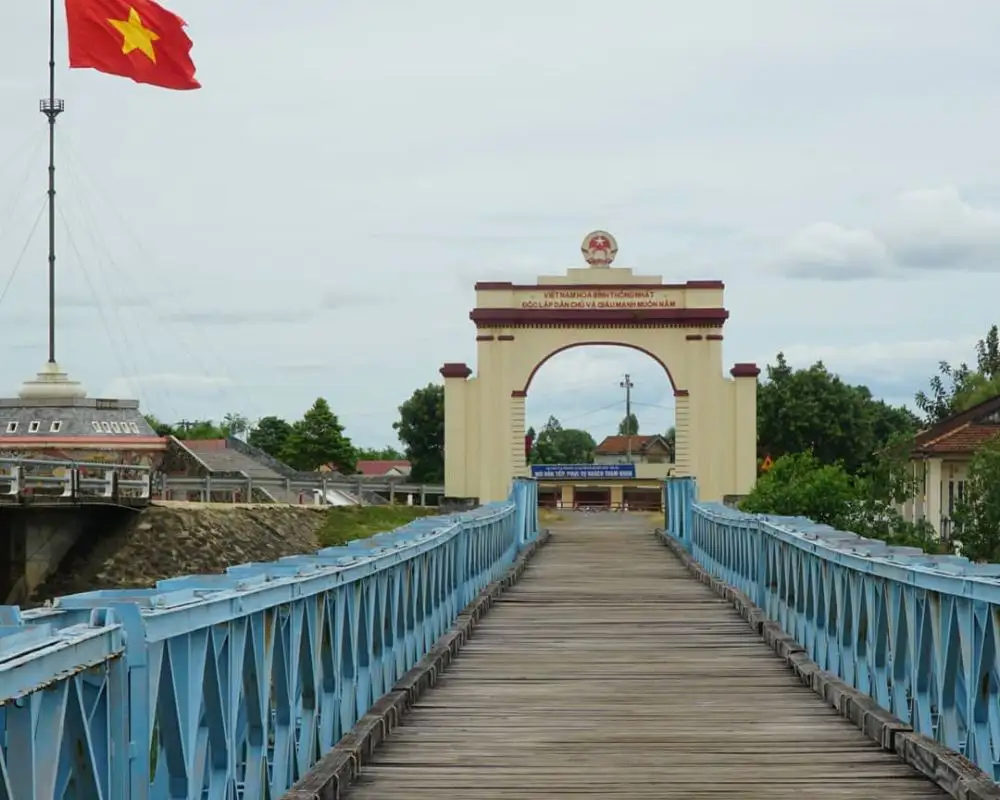
The Role of the DMZ in the Vietnam War
The DMZ was more than just a physical barrier; it was a strategic chessboard for military operations. For the North Vietnamese, it served as a gateway for infiltration into the South via the Ho Chi Minh Trail.
For the U.S. and South Vietnamese forces, controlling the Vietnamese Demilitarised Zone was vital to preventing this movement and protecting the South. Major battles, such as the siege of Khe Sanh and the confrontations at Con Thien, underscored the zone’s critical military significance.
Life in the DMZ
Living in the DMZ was fraught with danger and hardship. Soldiers stationed in the zone faced constant threats from enemy fire, landmines, and the harsh natural environment. Civilians, too, suffered greatly, with many being displaced or killed in the crossfire.
Despite these challenges, there are numerous stories of bravery and resilience from both soldiers and local inhabitants who endured the relentless conflict.
Top Tourist Sites in the Vietnamese Demilitarised Zone
Khe Sanh Combat Base
Khe Sanh Combat Base is one of the most visited sites in the DMZ. It was the location of a major battle in 1968, where U.S. Marines endured a 77-day siege by North Vietnamese forces. Today, visitors can explore remnants of bunkers, airstrips, and a museum that houses artifacts from the battle.
Vinh Moc Tunnels
The Vinh Moc Tunnels are an extensive network of underground tunnels used by North Vietnamese soldiers and civilians to evade U.S. bombings. These tunnels served as living quarters, hospitals, and supply routes. You can tour the tunnels and gain insight into the daily lives of those who lived there during the war.
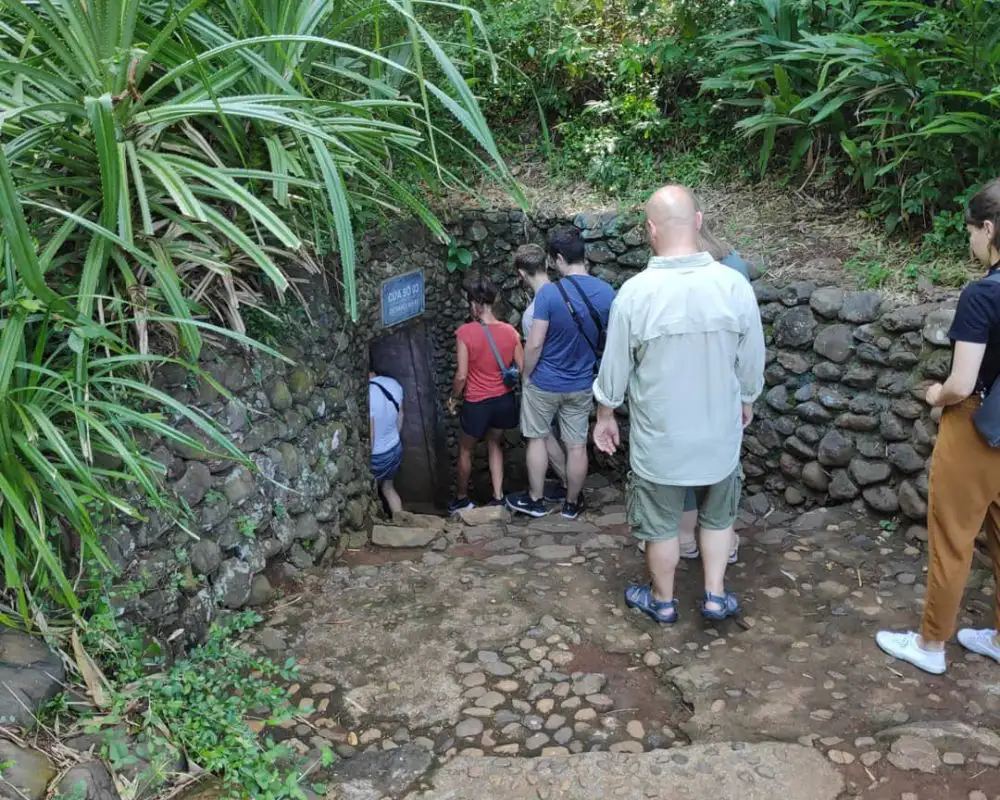
Ben Hai River and Hien Luong Bridge
The Ben Hai River and Hien Luong Bridge symbolize the division between North and South Vietnam. The bridge, painted in two colors to represent the divide, and the surrounding memorials and monuments offer a powerful reminder of the country’s past.
Con Thien Firebase
Con Thien Firebase was a key artillery base for U.S. forces and saw significant combat during the war. The site offers a look at the strategic importance of artillery positions in the DMZ and the fierce battles that took place there.
Doc Mieu Firebase
Doc Mieu Firebase was part of the U.S. military’s electronic barrier, known as the McNamara Line, designed to detect and prevent North Vietnamese infiltration. Visitors can explore the remnants of this once crucial military installation.
Rockpile
The Rockpile, a prominent hill used as an observation post by U.S. forces, offers stunning views of the surrounding area. It was a strategic location for monitoring enemy movements and directing artillery fire.
Best Time to Visit the Vietnamese Demilitarised Zone
The best time to visit the DMZ is during the dry season, from December to April, when the weather is most favorable. This period offers the clearest skies and the most comfortable temperatures for exploring outdoor sites. Avoiding the rainy season, which runs from May to November, ensures a more pleasant sightseeing experience.
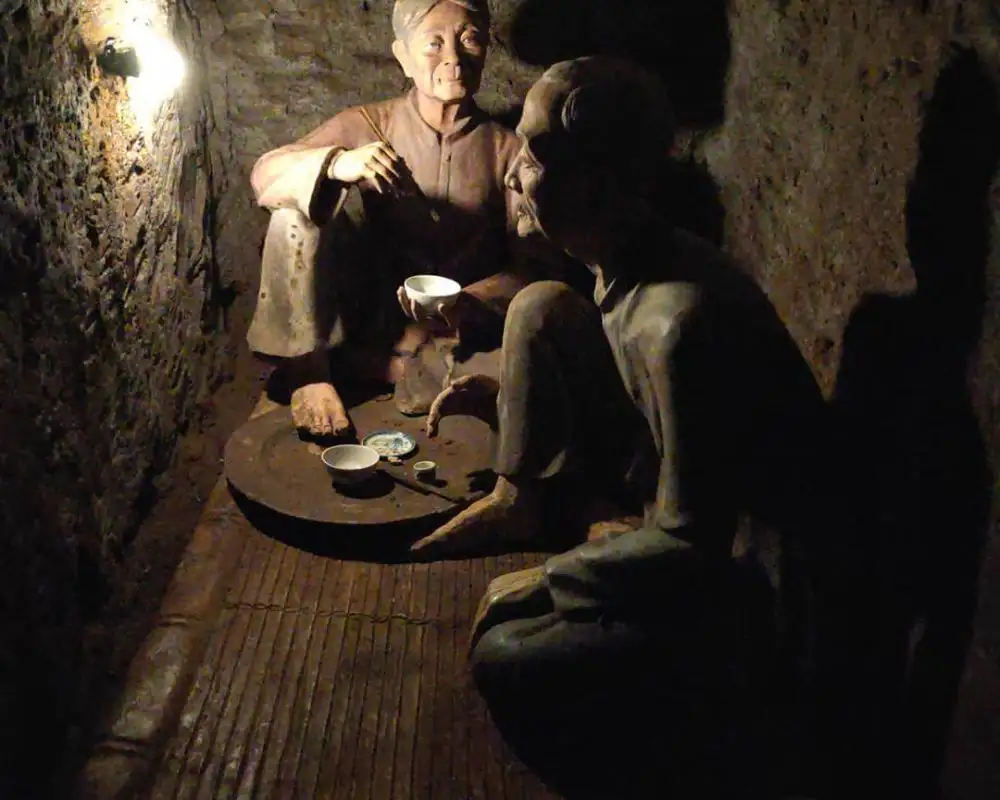
How to get to DMZ?
In Hue, several operators offer day tour buses to the Vietnamese Demilitarised Zone. However, for those traveling from the North to the South, such as from Phong Nha or Dong Hoi, hiring a private driver is the most convenient option. You can choose a half-day trip with a private driver ending in Hue or Phong Nha.
Typically, you will find DMZ tours integrated with nearby destinations like Hue and Phong Nha, as the Vietnamese Demilitarised Zone area only requires a half-day to explore. If you are interested in visiting the DMZ, you can consider our two tour programs:

